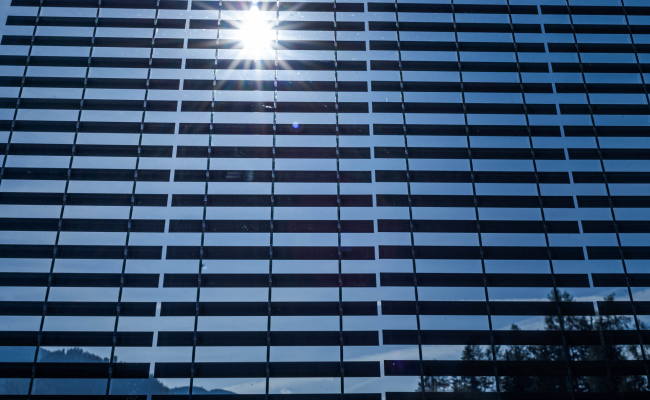Help & Advice
Frequently Asked Questions
In these instances calculations are required to determine the correct specification for the application concerned. Please contact your local glazier for advice. They will need to know the style of barrier you are designing, the glass fixing method and the loads from BS 6399.
Given the glass size they will be able to suggest a suitable thickness and glass type. Further information on technical requirements for barriers can be found in BS 6180.
It should be used in low level glazing, glazing in and around doors, overhead and in large areas of glazing to prevent injury following accidental glass breakage.
For more information check out the Specification checklist section.
Toughened glass is up to five times as strong as ordinary glass which means that it has to be hit much harder in order to break, also when it does break it is into lots of small pieces which are much less dangerous. Laminated glass has the same strength as ordinary glass but it consists of two pieces of glass with a sandwich of plastic interlayer.
If the glass does get broken this interlayer holds the whole piece in place so there is no hole left in the window for an intruder to get in through for example or large free shards.
Fire resistance is classified in terms of how well it stops flames and hot gases (Integrity only) or how well it stops flames, hot gases and the heat of the fire (Insulation and Integrity) in 30 minute steps ie. 30, 60, 90 minutes and so on. The main reasons for use of fire-resistant glass is to enable occupants to escape from a building or to prevent a fire spreading to an adjacent building.
More details can be found on our Fire Protection product pages.
We introduced Pilkington Activ™, our revolutionary coating which goes on the external surface of glazing more than 10 years ago.
It has a dual action; when exposed to daylight the coating breaks down any organic dirt deposits such as bird droppings and tree sap and then when it rains the rain water washes the loosened dirt away leaving the windows with reduced streaking.
It is available from window companies nationwide for all external glass areas of your home but is especially beneficial in hard to reach areas such as conservatory roofs, rooflights, inaccessible windows or just to save time and keep the large expanses of glass we love in our homes looking clean.
For more information click here.
We offer two ranges of patterned glass:
- Pilkington Texture Glass has 18 different imprinted patterns and
- Pilkington Oriel Collection which is a premium range of etched patterns.
Both products are available through window companies and glass merchants.






























